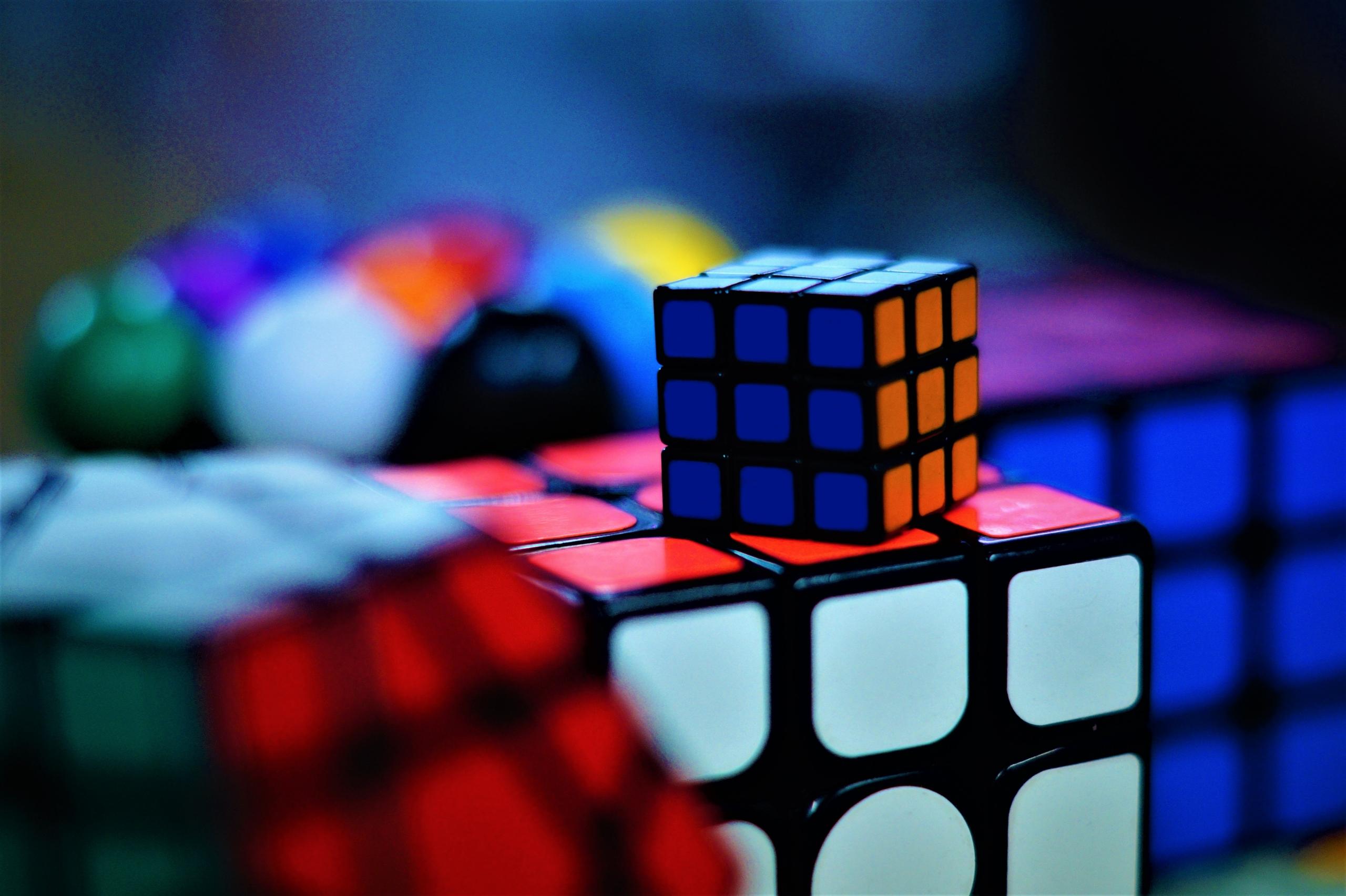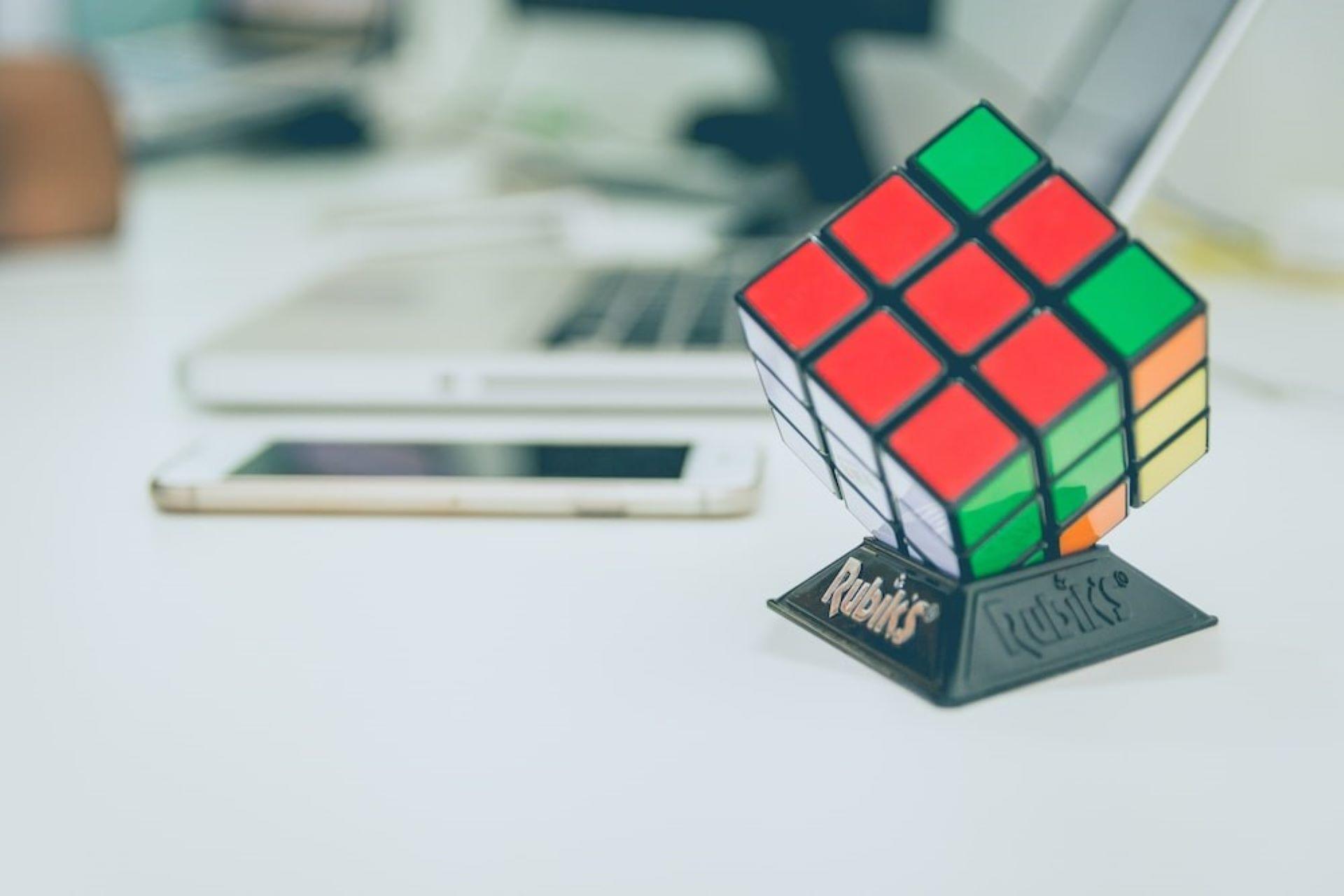Solving a Rubik's cube is an art, and learning to do it isn't as simple as it might seem. Every move you make counts, every step you take is important and adds up in the end.
People who know how to solve the cube have been practicing for years and are only perfect because they've dedicated many years of their life to achieving perfection.
The key to solving the puzzle is to twist the cubes and eventually have each side with only one color. It might seem simple but the true challenge is that the cube has an astounding number of potential variations — more than 43 quintillions of them.
There are so many possible combinations that it has become the subject of several best-selling books and online tutorials. Keep in mind that there are plenty of online Rubik's cubes tutors on Superprof, all you have to do is go search for one who can teach you all they know.
In this article you'll read a little about the history of this clever invention, the different types of cubes, all the educational benefits it has, and its popularity through the years.

What is the history of the Rubik's cube?
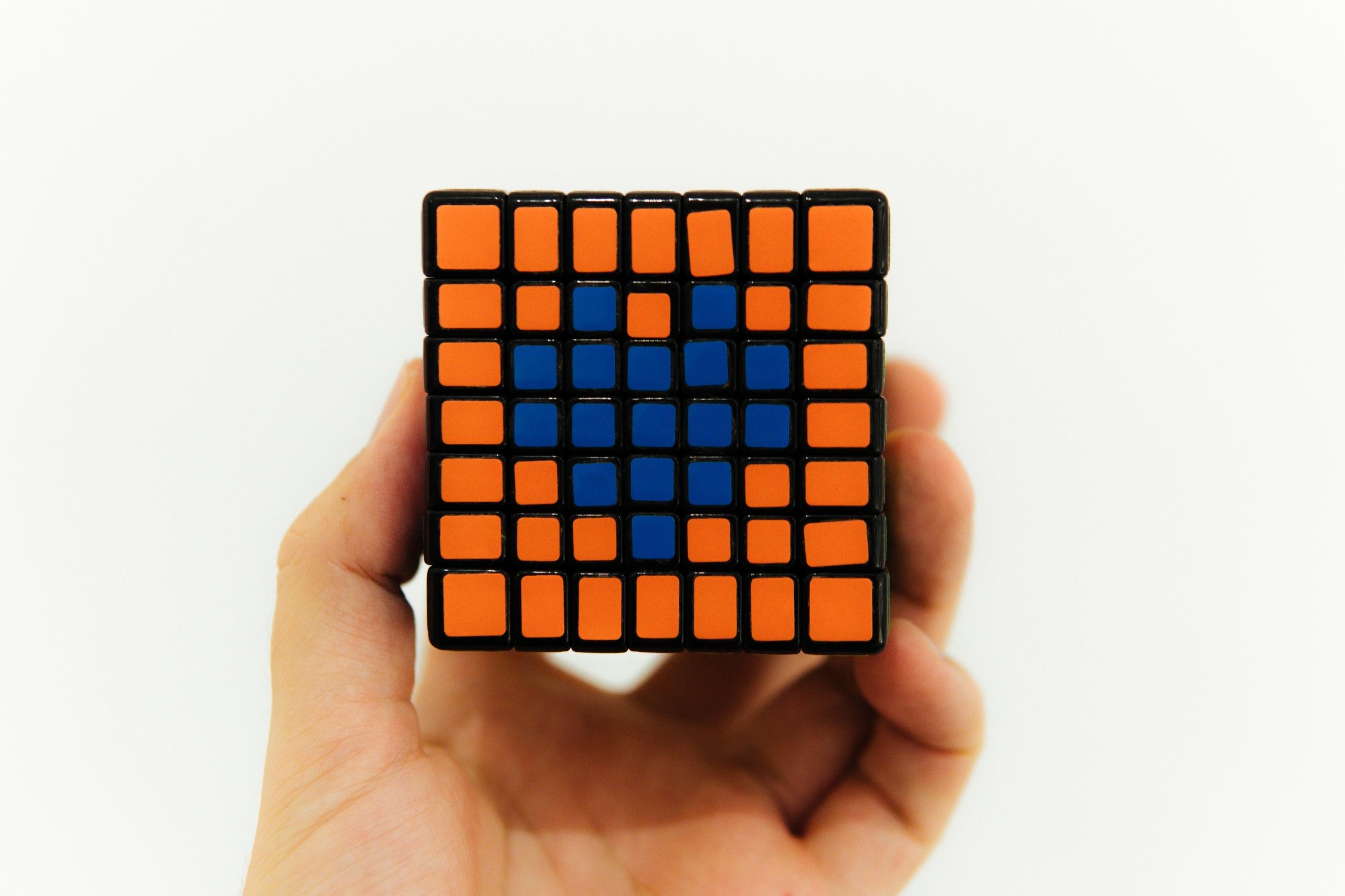
The Rubik's cube was invented by a Hungarian architect and sculptor called Erno Rubik. He wanted to create a mechanism that would allow him to teach his architecture students about three-dimensional movement.
To crea,te the prototype he used his skills as an architect and a sculptpaper and wood cubes and join themem together with rubber bands. His efforts got him to the prototype, an artifact he baptized as the Magic Cube in 1974. It was later renamed what we know, as the Rubik cube.
The cube was commercialized by a company called Ideal. Their sales strategy was to use TV commercials and make the cube as appealing to the masses as they could. After the advertising campaign, Ideal sold over 100 million cubes by the end of 1981.
Rubik is known worldwide for being the inventor of the world's most famous toy. However, his work goes beyond the creation of the cube. He was always inclined toward education and science, and after the cube, he got involved in many educational projects.
Are there different types of Rubik's cube?
The original toy is the Rubik's cube; however, plenty of other companies and inventors have designed similar puzzles with the same concept of the cube.
Rubik himself designed the three times three cube and the two times two. There was the Magic Cube, Rubik's Magic: Master Edition, Rubik's Snake, and so on.
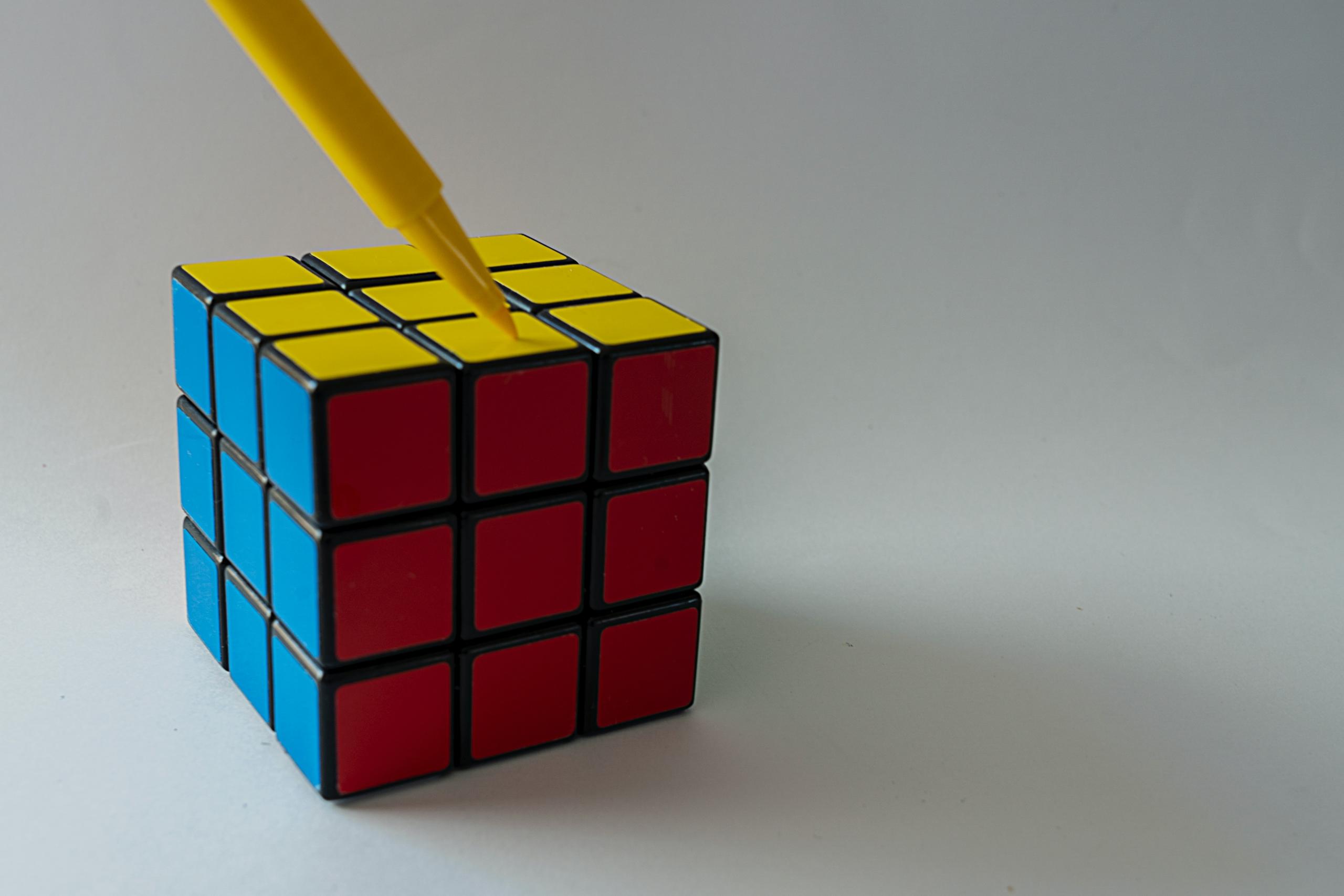
There are other popular cubes like the Mirror Cube, which has the same premise as the Rubik cube but it comes in one color, either silver or gold. The mechanism is pretty much the same (you can twist it clockwise and counterclockwise) the only thing that changes is the colors.
The original colors of the cube are white, orange, yellow, red, blue, and green. Each face of the cube has to end up having only one color.
You can discover all the different types of cubes that have been invented and their different mechanisms with the help of a private tutor from Superprof.
If you go on the Superprof home page you can search for the category (Rubik's cube) and the location (either a city or if you want online lessons). Our algorithm will pop up all the tutors offering lessons under the criteria you search.

Tips and tricks to do the Rubik's cube
Many experts have created algorithms that can guide people to find the solution to the Rubik's cube. Since it is a three-dimensional figure, it can be solved using mathematical concepts.
However, things don't have to be that hard! That is why we've brought you a few tricks and tips to guide you:
- Learn which colors are opposite to each other: learning the opposite colors is essential to solving the cube, so don't forget that blue is opposite to green, white to yellow, and orange to red.
- Center squares can't be moved: if you know that the center square doesn't change the position you'll know which color that face has to be at the end. It is very common for people to do the white color first.
- Understand the algorithms of the cube: each time you shift a piece of the cube you are moving an algorithm. If you understand how the algorithms work you'll be one step closer to solving the cube.
- Focus on the corners: people usually do the white corners intuitively, and they don't know how to proceed from there but there is an algorithm that you can use to carry on solving the rest of the corners.
- Fridrich Method: this is a popular speedcubing method but it is more advanced, to master it you need a deeper comprehension of how the cube works.
- Roux Method: this is another method to do the cube much faster with just four steps.
- ZZ Method: this is an even quicker method and it allows you to do the cube in three steps.
What are the benefits of learning the Rubik's cube?
Learning how to solve the Rubik's cube will help you develop a bunch of crucial skills that can help you in your day-to-day activities. For instance, solving the cube will help your brain develop skills that can be useful in school for classes like math and lessons like algorithms.
There are many benefits anyone (kids and adults) will gain from learning to solve the cube. All it takes to develop them is time and practice. If you are practicing a few times a day you'll get better muy faster. However, if you only practice a few times per month, then you won't improve as fast.
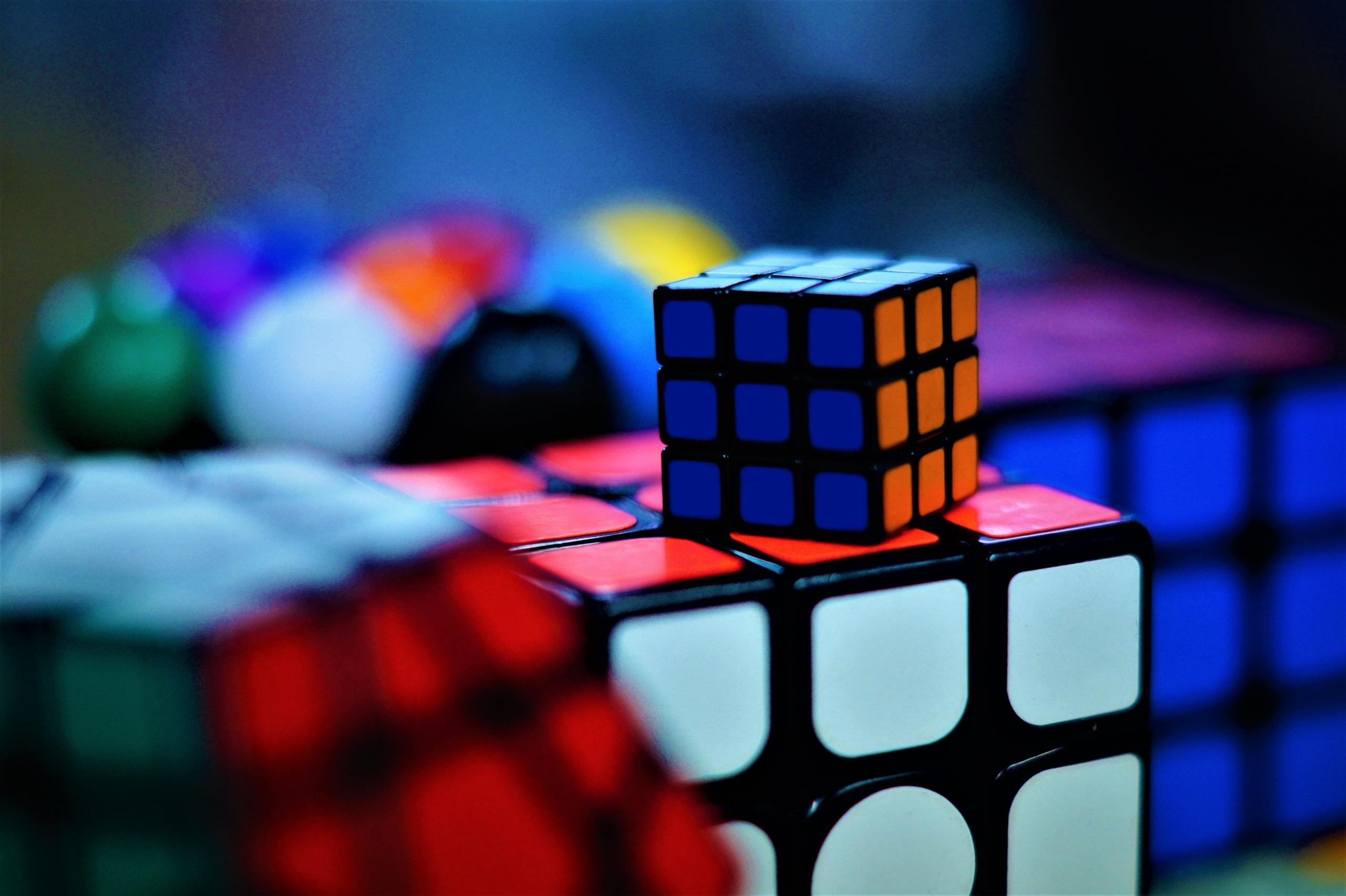
Each of the faces of the cube has a different color, although you can find some with different colors, you'll also find others with only one color. Foto de Fletcher Pride en Unsplash
Below are a few of the abilities that you'll develop as you learn to master the Rubik's cube:
- Develops Problem Solving Skills - to do well in math you need to be a problem solver, and to do well outside of school you also need to be a good problem solver.
- Keeps The Mind Active - kids these days are bored with anything and everything, but having an activity that keeps their brain active will improve many aspects of their life.
- Boosts The Power Of Reflexes - having good reflexes is important not only for students but for people of all ages.
- Increases Speed And Agility - these abilities are important for classes like math, science, history, and more.
- Enhances your observation - being observant solves so many conundrums that it is important to develop it as a skill.
- Improves Concentration, Focus, And Configuration - kids have a hard time keeping focus, and having something that'll help them develop it is important.
- Keeps You Productive and Keeps Boredom At Bay - top students are always finding ways to stimulate their brains.
Keep in mind that things won't be as great at first. Solving the cube is a form of art, that needs patience, effort, and hard work. Even if it is categorized as a toy, a game, or a puzzle for kids; because a child can solve it doesn't mean it is not complex.
If you want to access the benefits you need to go through the hard part, which is learning and teaching your brain how to solve the cube. The algorithm of the cube was designed to be solved in 20 moves, however, at first, it'll probably take you much more than just 20 moves.
Anyone that solves the cube in 20 moves has been practicing and has had time to learn how to solve it in many different ways. They can probably solve the cube with any method like clockwise, counterclockwise, starting with just the corners, layer by layer, and so on.
Many people have dedicated their life to deciphering the algorithm of the cube, however, to enjoy the benefits you don't have to master everything. Is about making the cube a part of your routine because as you continue to do it, your abilities continue to grow.
Is the Rubik's cube still popular?
The Rubik's cube has had a trajectory of ups and downs. It had a huge boom when it was first introduced to the market by Ideal between the 1970s and 1980s.
During the 90s it became kind of lame and boring, people weren't interested in finding a solution to the most popular puzzle. During this decade other games and technologies were introduced into the society that kept people busy.
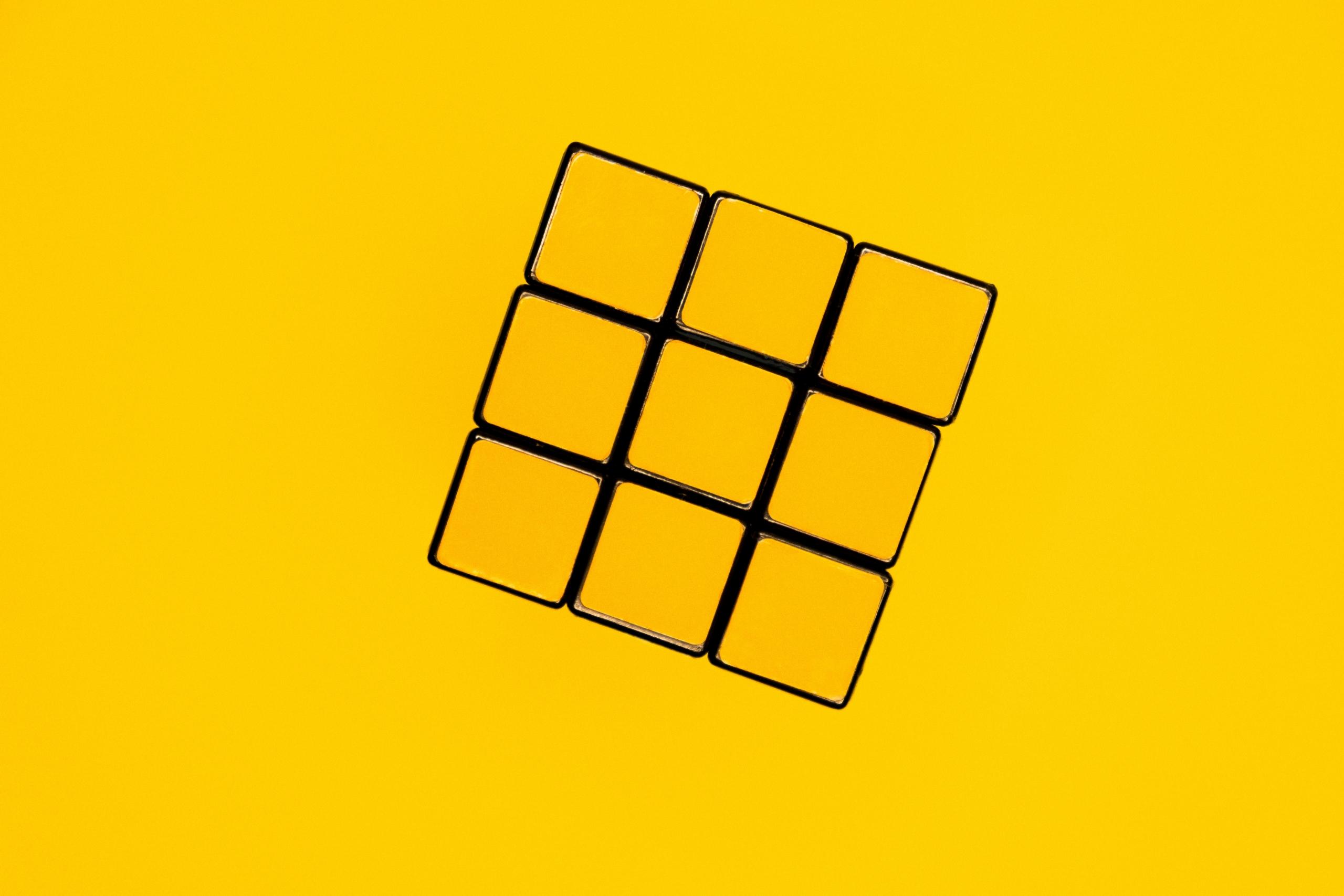
Every child in the world already had a cube but they wanted to spend their time doing other things. Everyone was kind of bored of the clockwise and counterclockwise movements needed to solve the cube, there was "nothing new"
However, during the 2000s the cube regained popularity because the first world championships of speedcubing were held. Now, the challenge wasn't about solving the cube, the challenge was to solve the cube faster than your opponent.
Now, people are striving to solve the cube, to figure out algorithms that'll tell them exactly how many moves they needed to solve it and to do it faster than anyone else in the world.
Today, the Rubik cube is one of the best-selling toys of all time, and since its invention, there have been 350 million sales worldwide.
Besides, there are hundreds of books, YouTube tutorials, social media influencers, and many other activities dedicated to the niche community of people who are passionate about the Rubik cube.

